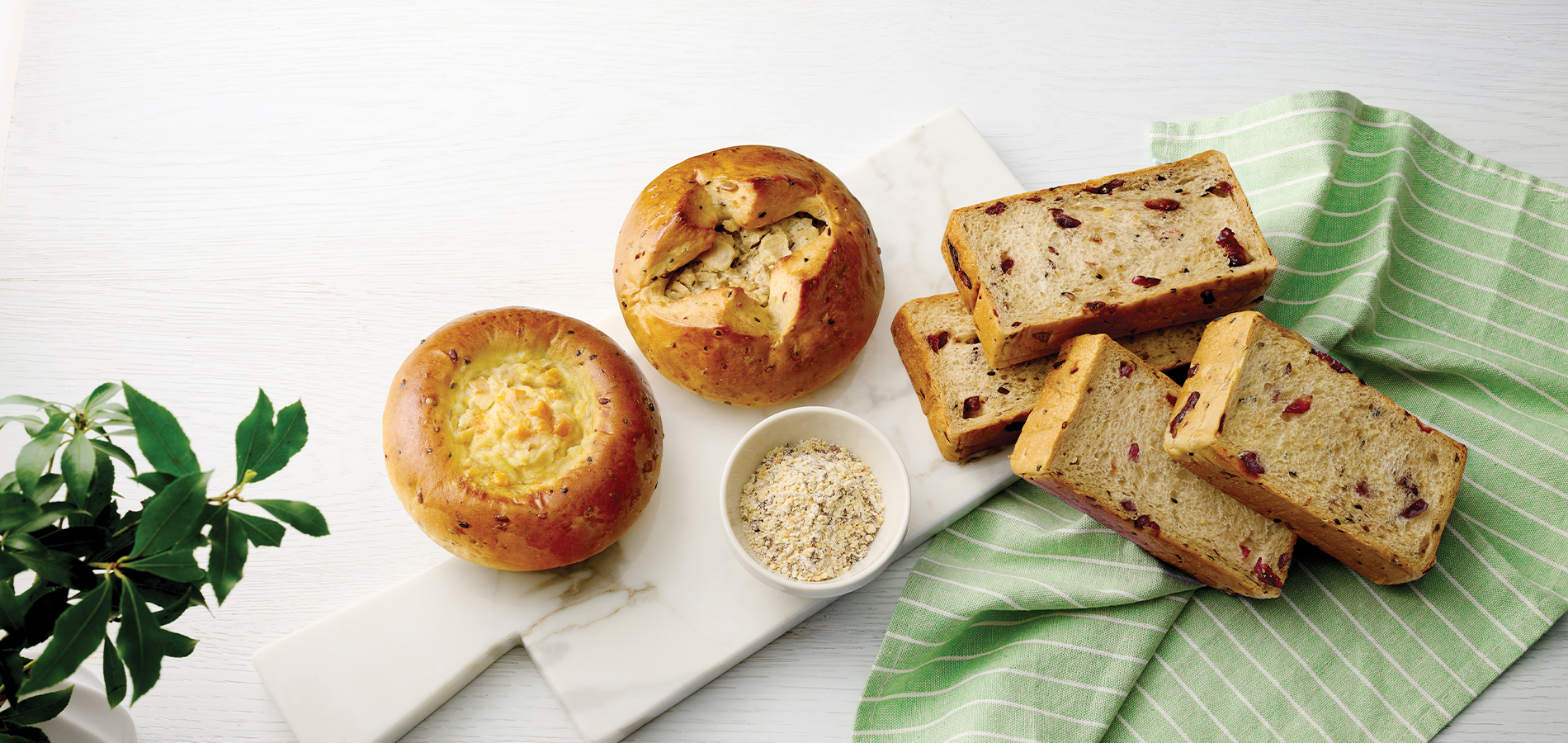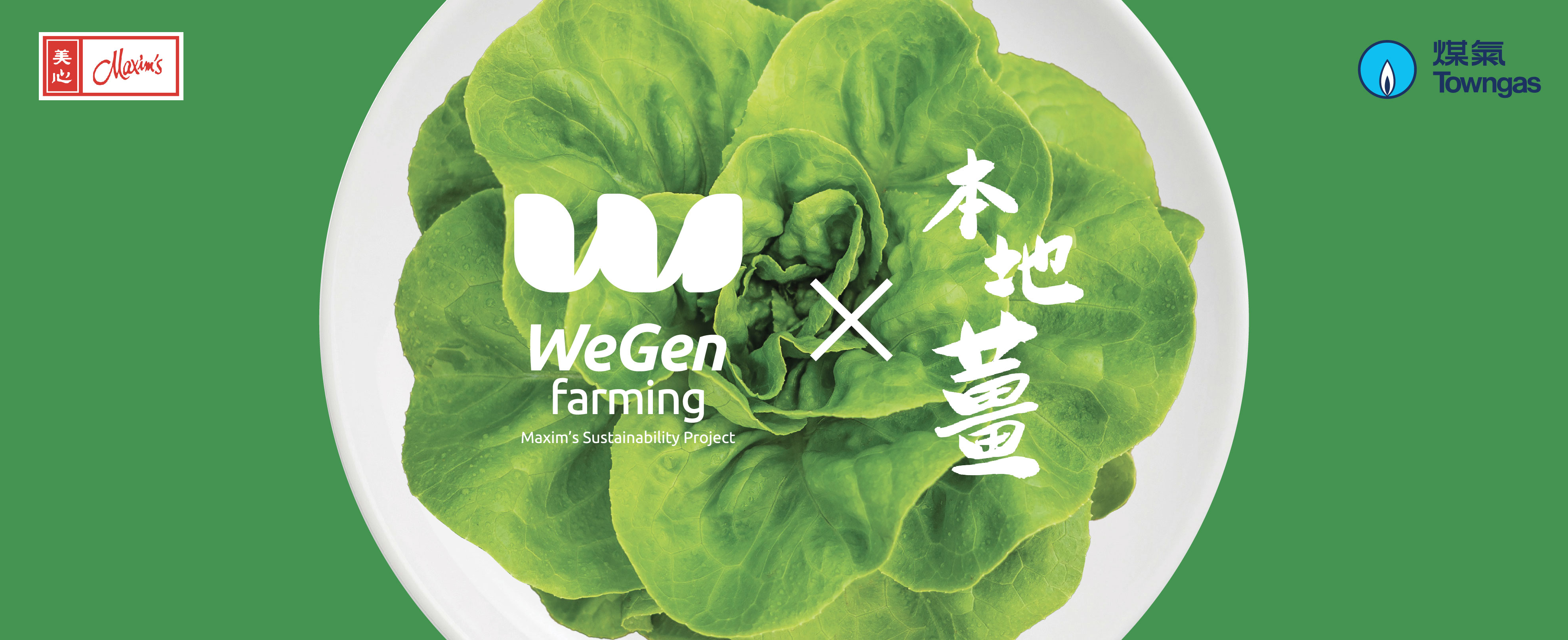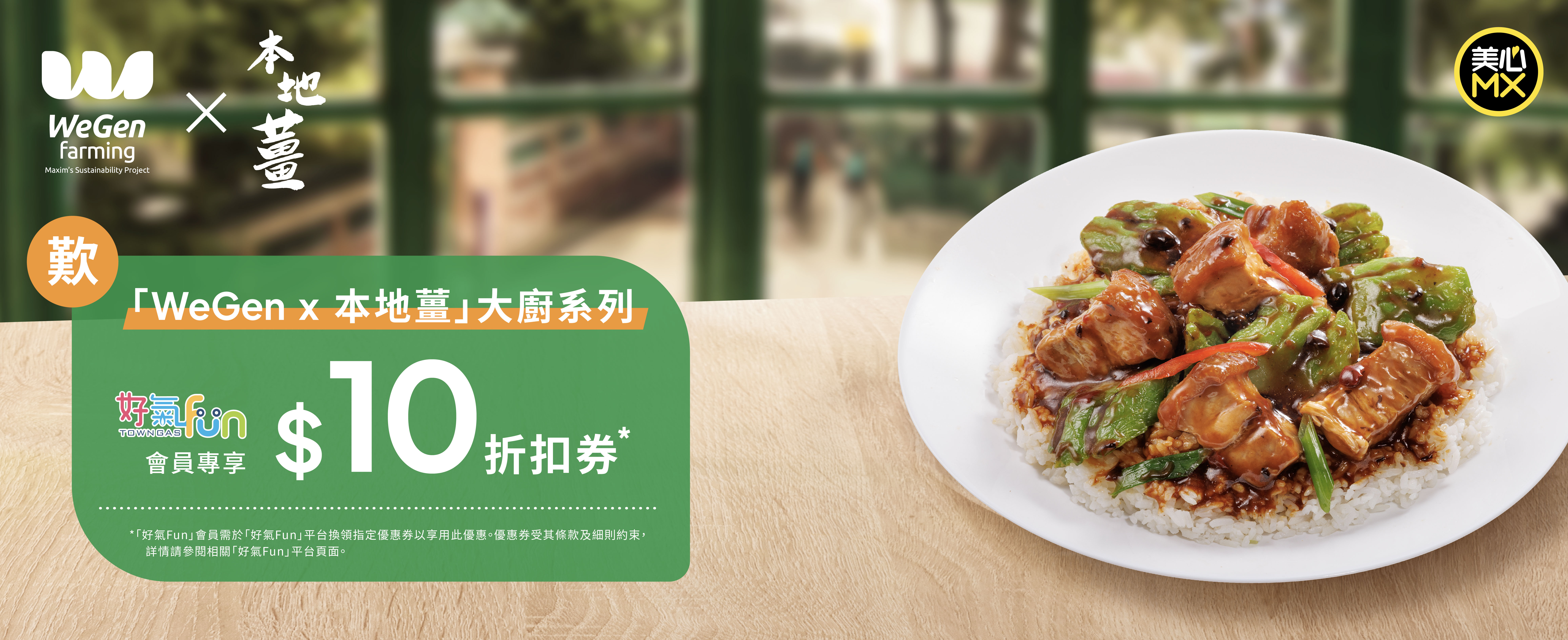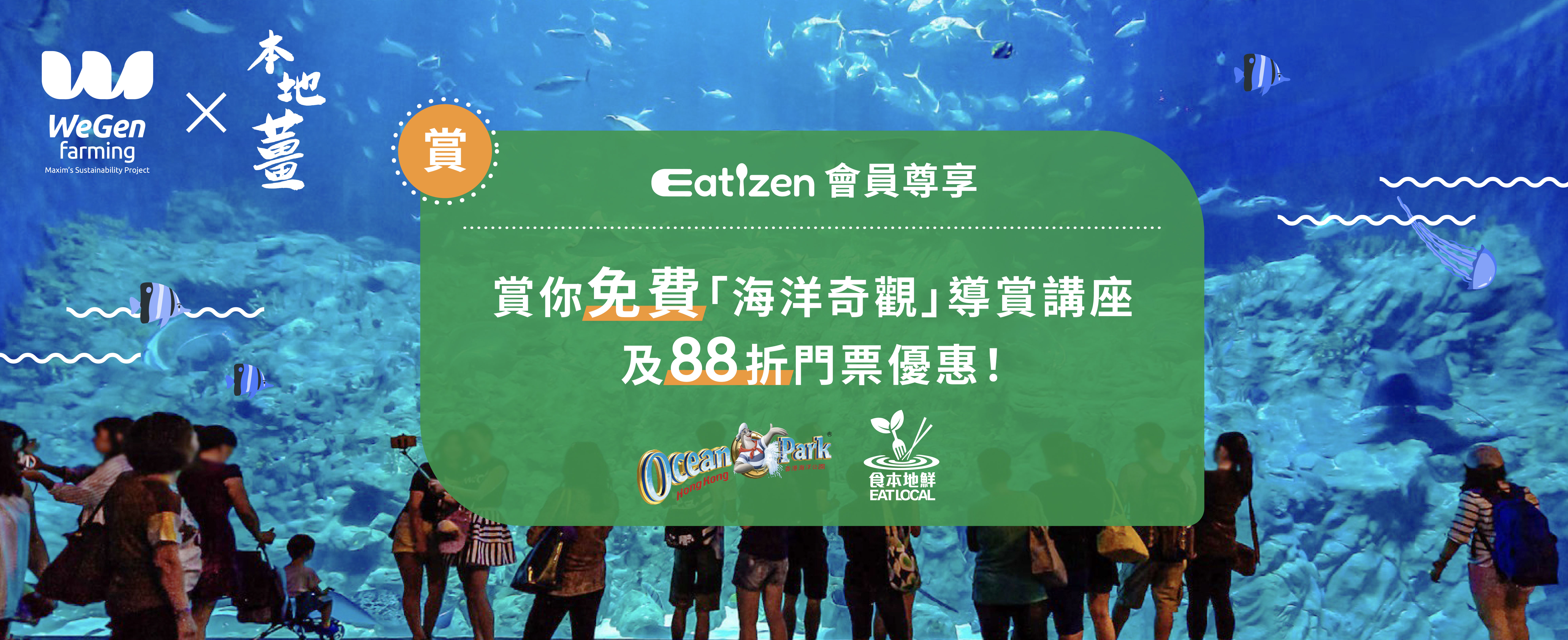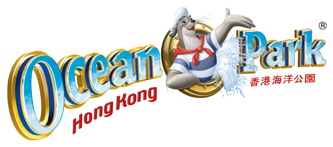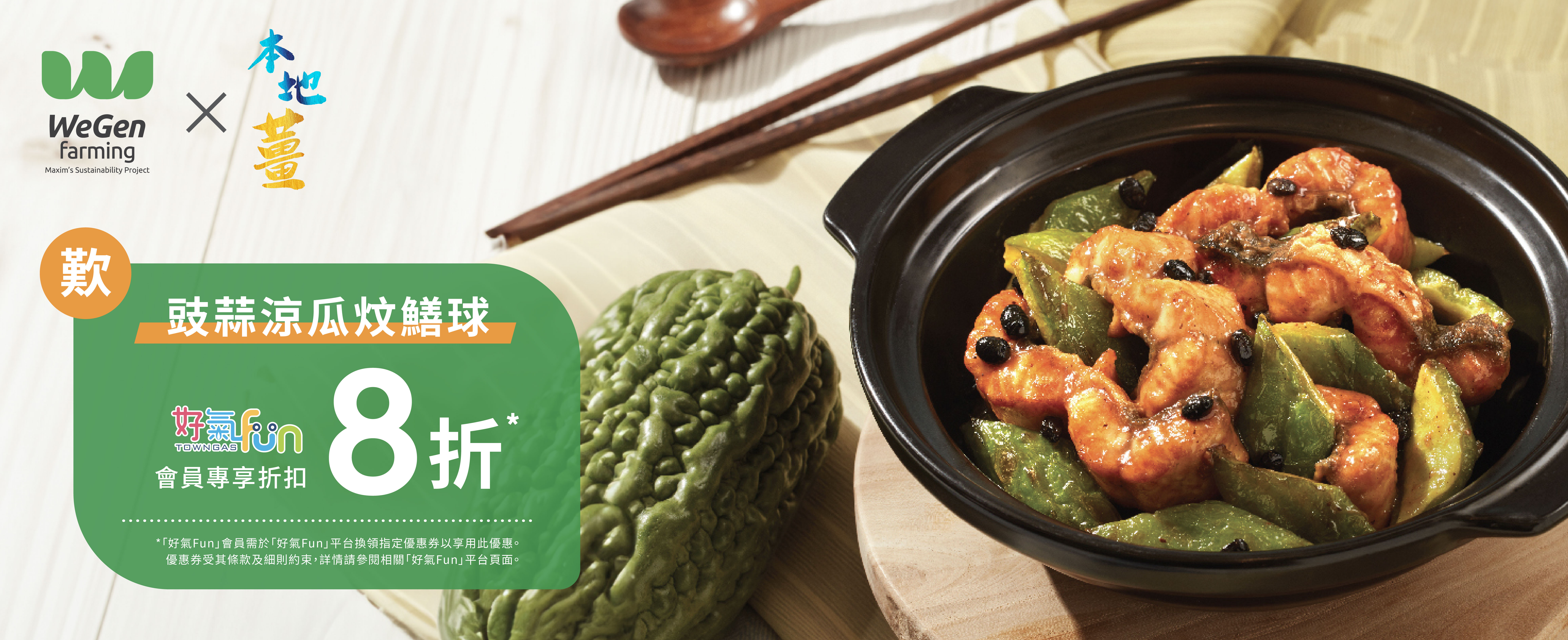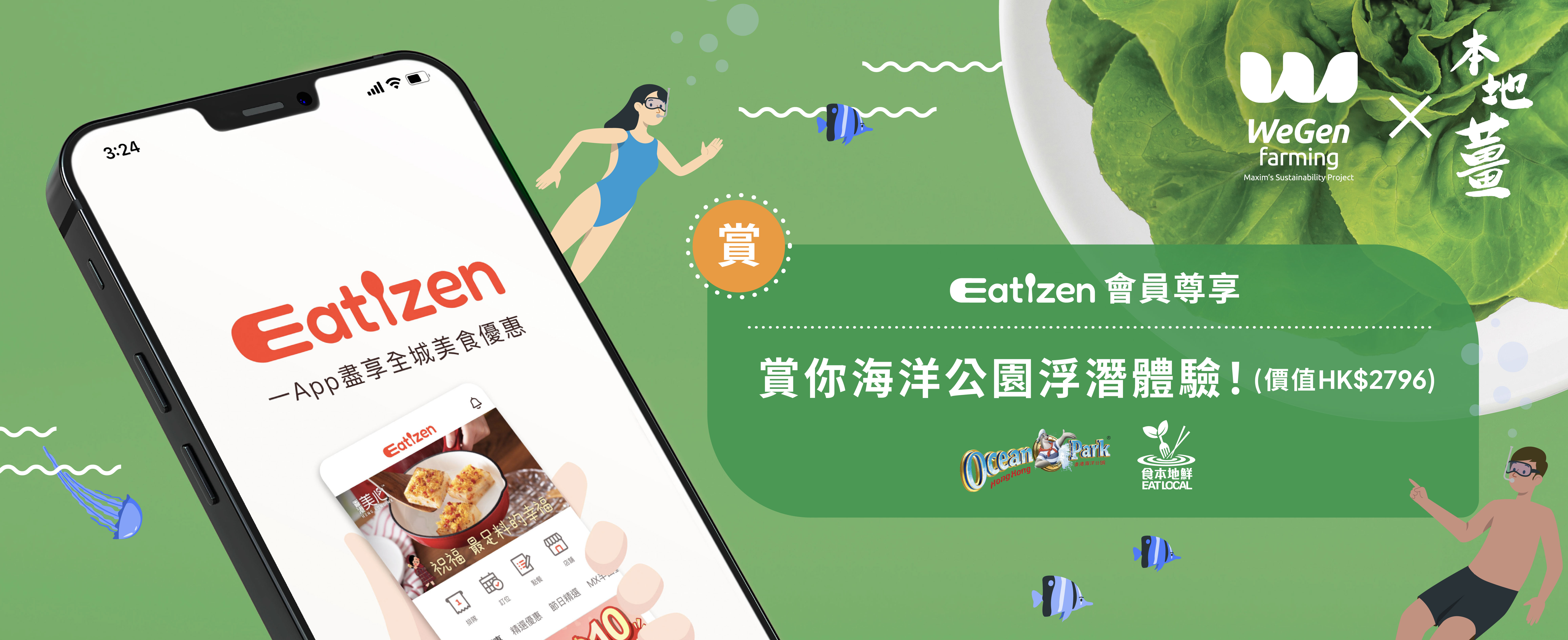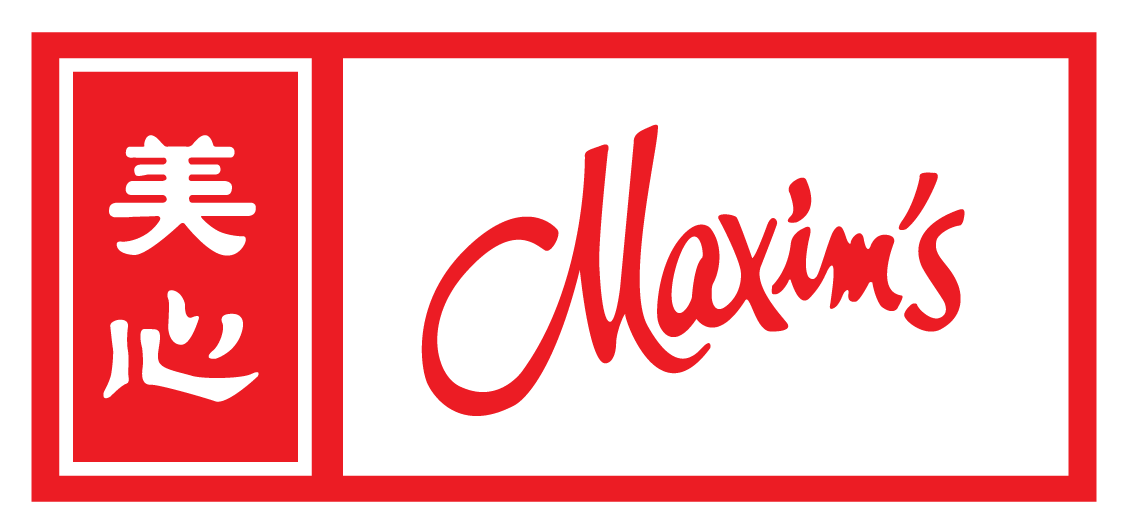A bread might be simple, but the combination of its ingredients and nutrients can make a difference. Flour, moisture, butter, sugar, as well as carbohydrates, fibre, minerals, fats, proteins. The more we understand, the healthier diets we can bring to our customers.

Maintaining a healthy and balanced diet requires professional knowledge. A bakery team has to be meticulous about every detail, from research and development, selection of ingredients, baking methods, to store operations, taking care of our daily needs.
Maria Li, Factory Manager of Maxim's Cakes and Bakery Factory, has been working on related research and development projects with her team for the past two decades. “While less salt and sugar are surely the development trend, choosing the right flour is also key in breadmaking. Rye, oats, quinoa, brown rice, and five grains are the most commonly used ingredients in recent years. For example, rye has more cellulose and minerals than ordinary flour. The flour milling process also has a great impact. The finer the grinding, the lower the gluten, and that will make the bread very hard.”
To satisfy the taste preferences of the Asian and Hong Kong markets, during the research and development process, Maria and the team reduced the proportion of rye flour from 80% — which is common in foreign countries — to 20 to 30%, and combined it with wheat flour and cranberries to achieve the best balance among nutritional value, colour, aroma and flavour.
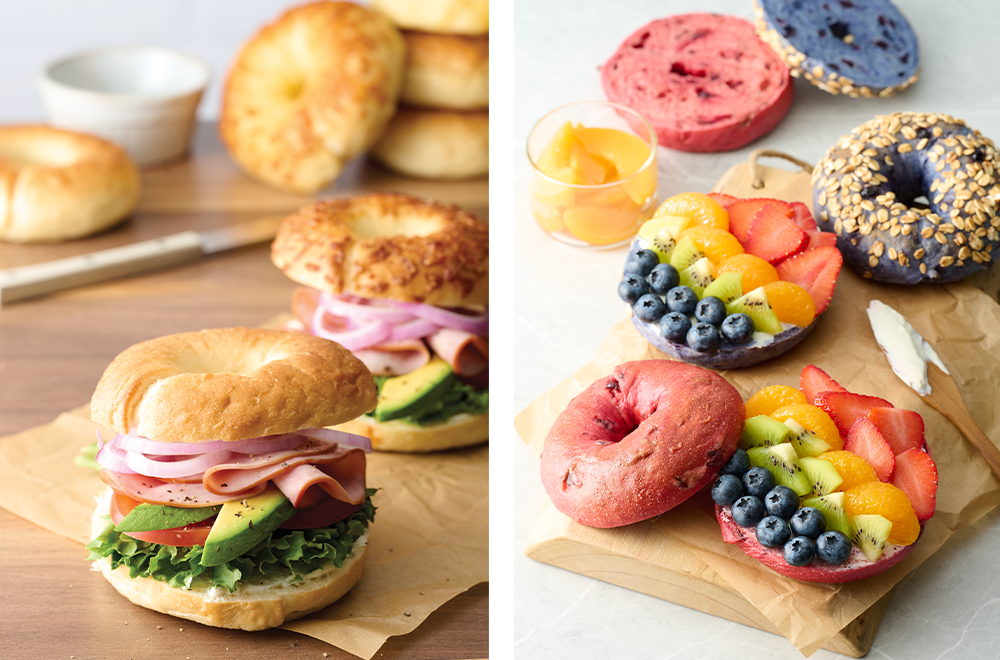
"Bread has gradually become an important staple food. We take its carbohydrate as the base and create different flavours and enhance its nutritional value with different fillings. Recently, we also followed the Centre for Food Safety's Reduction of Dietary Sodium and Sugar initiative to further reduce the salt content of our sandwich bread."
In the future, Maria believes that "on-site baking" will be the biggest trend. "Vegetables and fruits will become the new main ingredients of bread fillings. However, during the transportation process, vegetables can be versatile” she says.
“Therefore, we have added a lot of baking equipment in our branches. The dough from the factory is further processed and baked on site, and the vegetables are added on site using the open-top design. So, both the bread and fillings can be very fresh. Just by eating a bread, you can achieve the appropriate portion 3:2:1 of the healthy eating pyramid.”
Maria also points out that our diet should be reviewed on a weekly basis. Record what you have eaten every day and review the records every week, and you will be clear about whether your diet is balanced.


